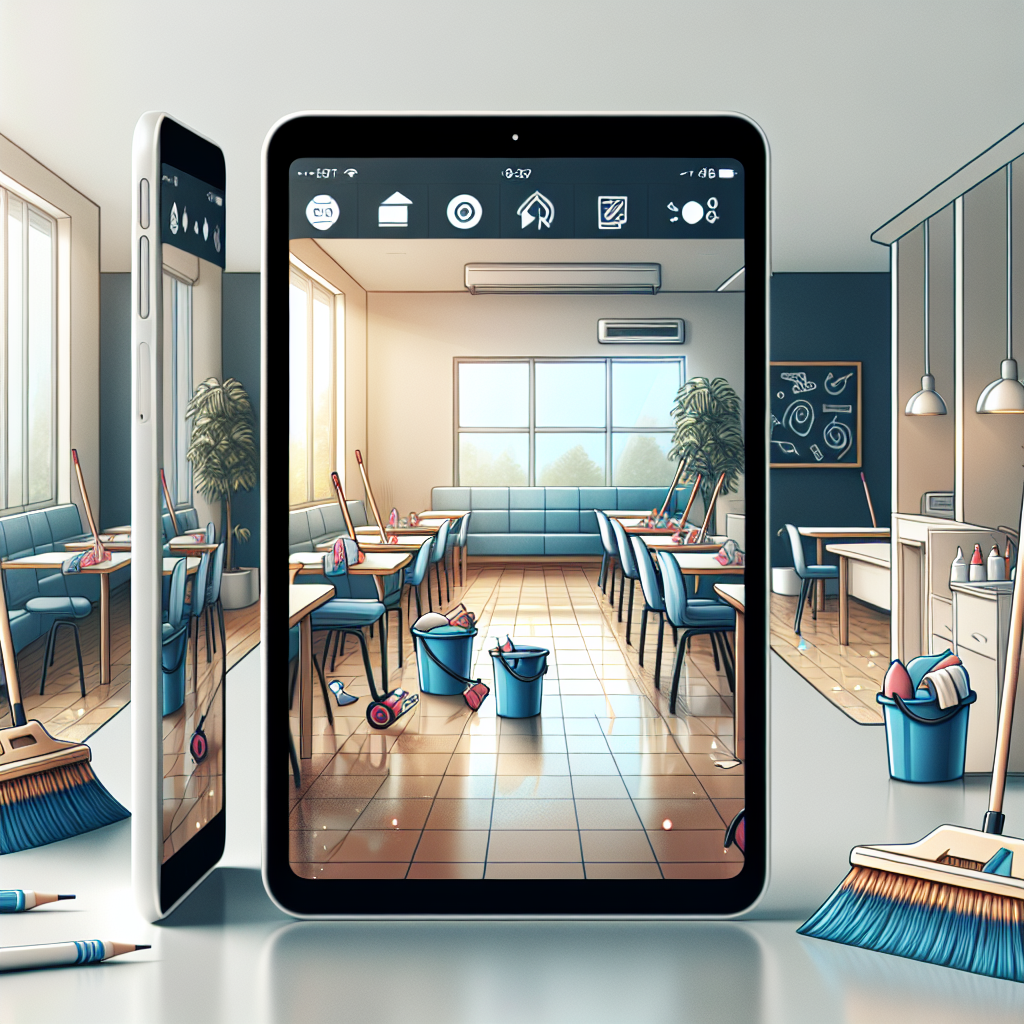Keeping educational facilities clean and sanitized is crucial for the health and well-being of students, staff, and visitors. Achieving spotless classrooms requires a strategic approach and expert cleaning techniques. In this comprehensive guide, we will reveal the secret to maintaining impeccable educational institutions through effective cleaning practices.
Understanding the Importance of Clean Classrooms
Clean classrooms are essential for creating a conducive learning environment. Research has shown that a clean and organized space can improve student performance, reduce absenteeism, and promote overall well-being.
Expert Cleaning Tips for Spotless Classrooms
Implementing a systematic cleaning routine is key to maintaining spotless classrooms. Here are some expert tips to help you achieve cleanliness and hygiene in educational institutions:
- Start by decluttering the classroom to create a clean and organized space for learning.
- Develop a cleaning schedule that includes daily, weekly, and monthly tasks to ensure thorough maintenance.
- Use color-coded microfiber cloths and mop heads to prevent cross-contamination and maintain hygiene standards.
- Pay special attention to high-touch surfaces such as desks, door handles, and light switches to reduce the spread of germs.
- Invest in high-quality cleaning products that are effective against a wide range of pathogens and safe for use in educational settings.
- Train custodial staff on proper cleaning techniques and provide them with the necessary tools and equipment to perform their duties effectively.
By following these expert cleaning tips, you can ensure that your classrooms are not only clean but also safe and healthy for everyone who uses them.
The Role of Technology in Classroom Cleaning
Technology has revolutionized the way educational facilities are cleaned and maintained. From robotic cleaners to UV disinfection systems, there are innovative tools available to enhance cleaning efficiency and effectiveness.
UV-C disinfection systems use ultraviolet light to kill germs and pathogens, providing an extra layer of protection against infectious diseases in classrooms.
Creating a Healthy Indoor Environment
Indoor air quality plays a significant role in the overall health and well-being of students and staff. Implementing proper ventilation and air filtration systems can help reduce the spread of airborne contaminants and improve respiratory health.
Proper ventilation is essential for maintaining a healthy indoor environment in educational institutions. It not only helps in reducing the concentration of indoor pollutants but also enhances overall air quality, creating a more comfortable learning space.
Sustainability Practices in Classroom Cleaning
Adopting sustainable cleaning practices can benefit both the environment and the health of building occupants. Using eco-friendly cleaning products, reducing water and energy consumption, and implementing waste reduction strategies are all ways to promote sustainability in classroom cleaning.
Conclusion
Maintaining spotless classrooms requires a combination of expertise, dedication, and the right tools and techniques. By following the expert cleaning tips outlined in this guide and embracing innovative cleaning technologies, educational institutions can create a clean, safe, and healthy environment for students, staff, and visitors.



